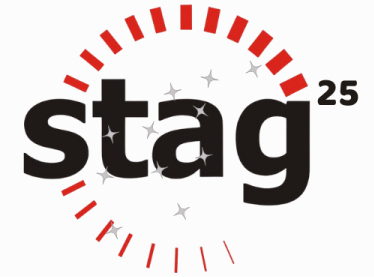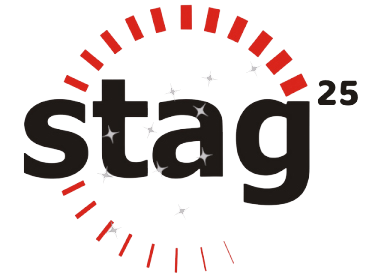A Talent Management Company delivering end-to-end learning solutions was on a rapid growth path. Customer base was growing, and they catered to every possible segment. With international awards and mentions in every possible listing, it was a dream growth. Each customer was special and of high priority. The sales team filled order books enough to keep the engineering busy with customization. Within short period, it became increasingly difficult to meet schedules and then instances of customers reporting defects started coming in. The management smartly decided to enough of act the signs before things got out of hand. It is wise to check if the rest of the team is keeping up with you, when you are climbing high.
After a detailed analysis we put down a list of things that need attention – With no formal QA practice in place, a makeshift testing team of few developers and product managers assessed the applications before being released to customers. The requirement documents for their products did not exist. There was no tracking of the defects done which eventually resulted in delayed releases to the clients.
The team applying HyBIST hypothesized what could possible go wrong in the product (applied HyBIST core concepts of ‘Negative Thinking’ and ‘EFF model’) and staged them over multiple quality levels. The test scenarios and test cases designed were unique to each of the quality levels formulated as the focus on the defects to be detected at each level is unique and different (HyBIST core concepts Box model was applied to understand the various behaviors of each requirement/feature/sub-feature and hence derive the test scenarios for each feature/sub-feature). With close support from the management, we put together a net so tight, that no defects slip through.
A clear mapping of the requirements, potential defects, test scenarios and test cases was done after completing the test design activity to prove the adequacy of test cases.
The robust test design ensures the product quality. The percentage of High priority defects was significantly high (65%) and were detected in earlier test cycles The test scenarios and test cases were adequate as the defect escapes was brought down to 2% from 25% and the regression test cycles was reduced from 30 to 12. More importantly, the schedule variance dropped to normalcy.


